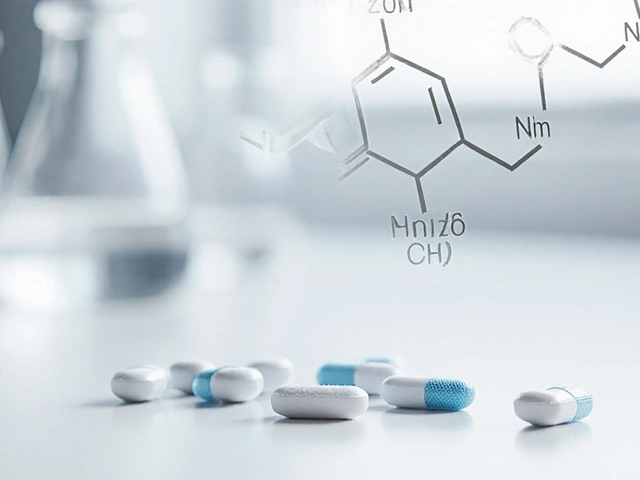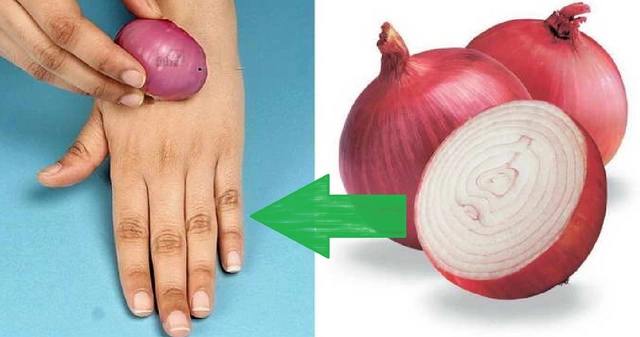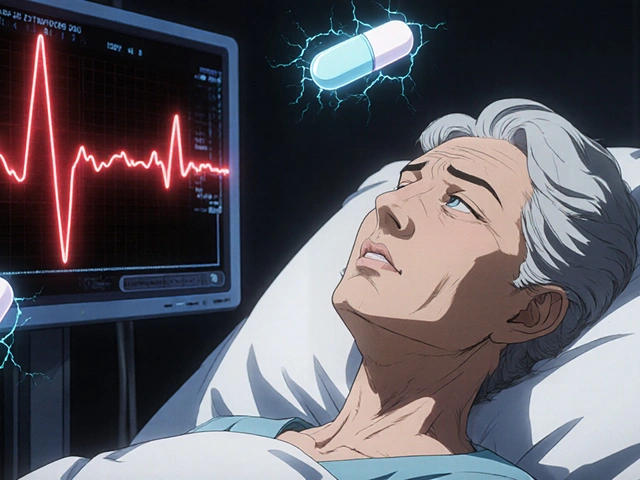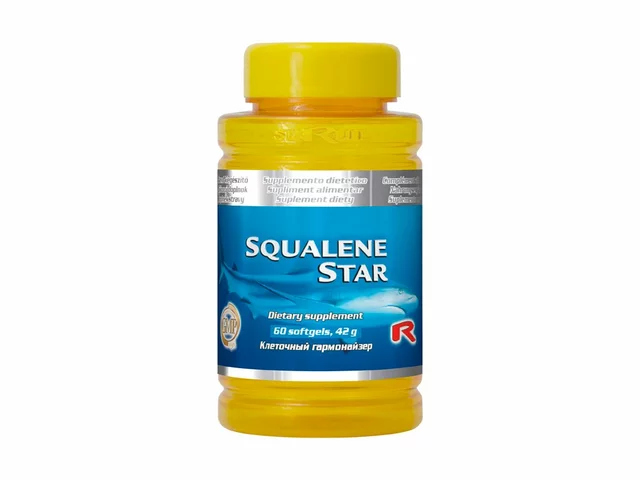Blood Pressure Control: Clear Steps to Lower and Manage Hypertension
High blood pressure is common, but you can take practical steps today to lower it and reduce risk. This page gives simple actions, medication basics, and safety tips so you know what to do and what to ask your doctor.
Start by measuring. Buy a validated home monitor and take readings twice a day for a week. Record values, time of day, and any meds or symptoms. These records help your clinician see patterns and adjust treatment more accurately than a single office reading.
Change what you eat. Cut added salt first — aim for under 2,300 mg daily, and try 1,500 mg if your doctor recommends it. Eat more vegetables, fruits, whole grains, and lean proteins. Limit processed food, fast meals, and sugary drinks. Small swaps — like canned beans instead of salty snacks — add up.
Move more. Aim for 150 minutes of moderate activity each week. Brisk walking, cycling, or swimming lowers blood pressure and helps weight control. If 150 minutes sounds too much, start with 10 to 15 minutes daily and add time gradually.
Lose a little weight if you need to. For many people, losing 5 to 10 percent of body weight drops blood pressure noticeably. Focus on steady changes you can keep, not extreme diets.
Limit alcohol and quit smoking. Alcohol raises blood pressure; keep to one drink a day for women and two for men if you choose to drink. Smoking damages blood vessels and makes hypertension worse. Ask your doctor about stop-smoking options.
What to know about blood pressure medicines
There are several drug classes your doctor may choose. Diuretics like chlorthalidone thin fluid load and are effective for many people. If diuretics don’t suit you, options include ACE inhibitors, ARBs, calcium channel blockers, and beta-blockers. Each class has pros, side effects, and interactions. If you need to switch meds, ask about dose equivalence and what side effects to watch for.
Never stop or adjust prescribed meds without talking to your clinician. If cost is a problem, look into drug coupons, generic options, or pharmacy discount sites before skipping doses. Some of our site articles cover switching statins, diuretic alternatives, and using coupons to save on prescriptions.
Supplements, monitoring, and safety tips
Certain supplements can help, like potassium and magnesium, but they can also interact with medications. Don’t start supplements without checking with your provider or pharmacist. Keep an eye on symptoms like dizziness, fainting, or very high readings (180/120 or higher); those need urgent care.
Finally, use safe pharmacies. If you order meds online, pick licensed pharmacies, check reviews, and verify they require a prescription for prescription drugs. Keep your blood pressure log, share it at appointments, and ask clear questions so your treatment fits your life.
Mention other conditions like diabetes, kidney disease, or high cholesterol to your clinician—these affect drug choices and targets. Regular lab tests and a clear plan make treatment safer and help you meet your goals.
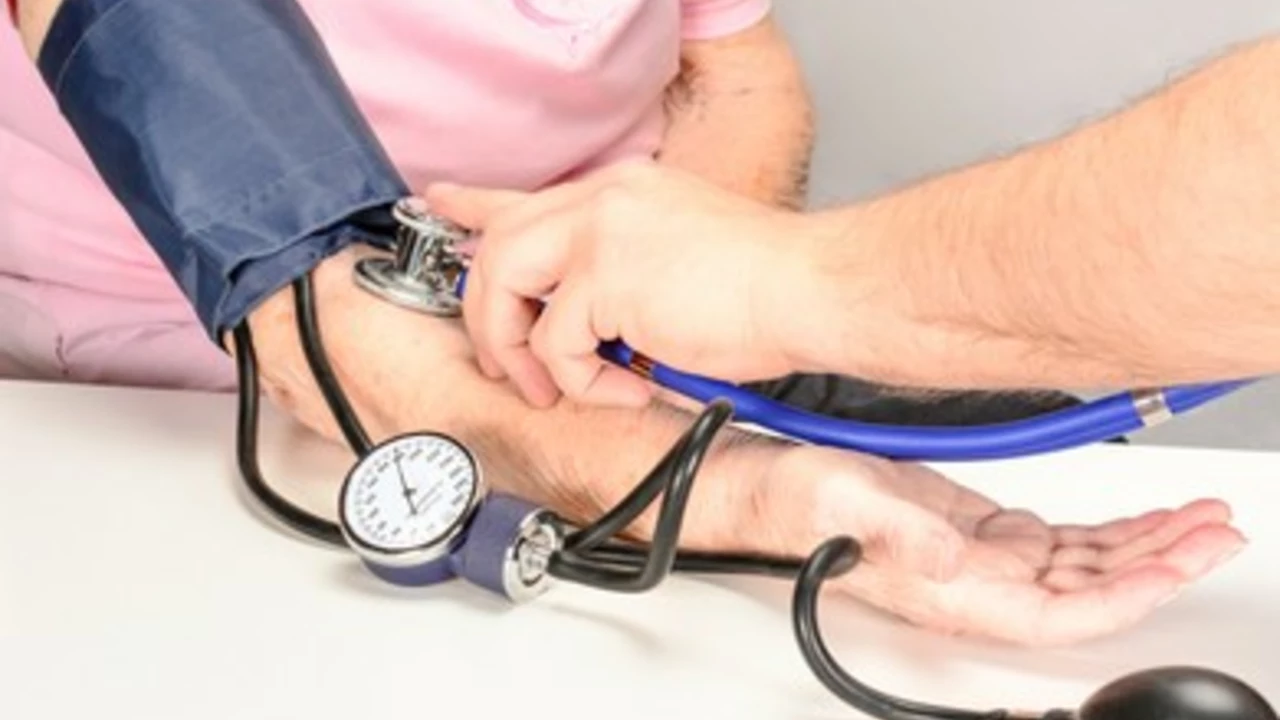
The Benefits of Massage Therapy for Hypertension Management
In my recent exploration, I've discovered that massage therapy can be remarkably beneficial for managing hypertension. This holistic approach promotes relaxation and reduces stress, both of which can significantly lower blood pressure levels. I've found that regular therapeutic massages can also improve circulation and flush out toxins, contributing to overall cardiovascular health. It's really worth noting that while it's a fantastic complementary treatment, it shouldn't replace conventional medicine. So, if you're dealing with hypertension, consider adding massage therapy to your routine after consulting with your doctor.
Detail
